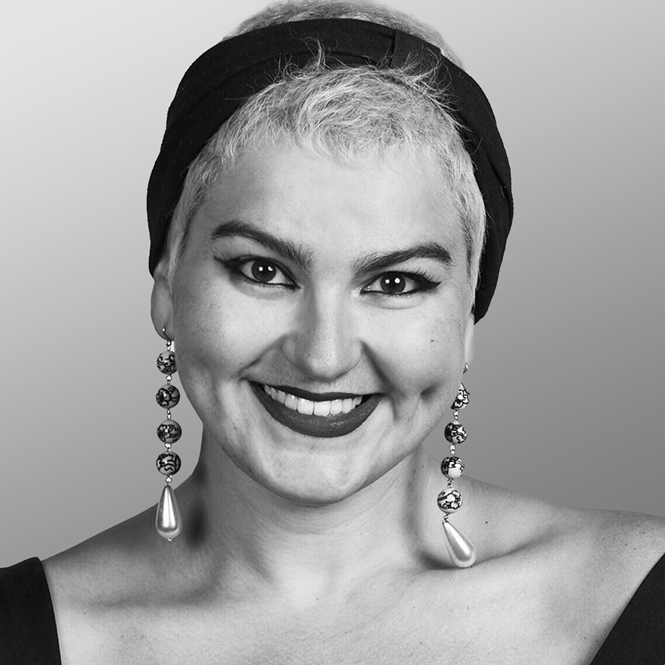Five minutes with Sarina Da Costa Gomez

Sarina Da Costa Gomez, associate design director at global brand design agency, Landor & Fitch, speaks to Transform magazine about bringing brands to life in a physical way. She looks at how consumers navigate brand spaces, and how agencies can optimise those interactions emotionally, digitally, and organisationally.
How has having a background in both architecture and exhibition design influenced your work within brand design?
To a certain degree, both architecture and exhibition design go hand in hand with building a concrete brand.
The key learnings from working in exhibition design are agility and storytelling. When it comes to agility, it’s as much about planning ahead as it is about thinking on your feet. You’ve often got a short amount of time on site to build massive temporary structures, so it’s about thinking of every possible scenario, being prepared for when it doesn’t go exactly to plan and efficiently solving any problems along the way.
When you’re storytelling at an exhibition, you’re often vying for visitors’ attention together with everyone else. Success in exhibition design isn’t about what shouts the loudest or uses the most tech. It’s about how you hook someone in with authenticity and keep them exploring your space for as long as possible.
Brand design is no different. We help brands find the sweet spot between agility, relevance, and authentic storytelling.
In architecture I think it’s about layering. How materials layer and meet, what your eye can see from every angle and the spatial awareness that comes with it. These are key elements for brand design - ensuring what we design is buildable and that all the layers of the experience are accounted for.
Which are the key elements behind bringing brands to life in a physical way?
Visual brand cues beyond the logo. By looking into what materials represent your brand values and what brand colours make sense in the space. People walking into a space need to connect with the brand, without the logo being splashed everywhere. Aesop does this well; with its understated, well considered, and tactile interior design. Nike’s House of Innovation’s is another example, with hands-on co-creation features as well as Lynk & Co’s Clubhouse experiences which completely twist the car showroom concept into an environment that is distinctly Lynk & Co.
The cadence of the experience is important to think about too. Blasting everything the brand is trying to say in one go can be overwhelming, so it’s about creating a nice rhythm that flows throughout the space.
In what ways can brand agencies optimise consumer interactions with brand spaces emotionally, digitally and organisationally?
Crosschecking everything against PHD - Physical, Human and Digital - is core to our experience design strategy at Landor & Fitch. If all the touchpoints are viewed through the PHD lens, none of them will feel like an afterthought or a bolt-on. It’s not about trying to shoehorn human service principles or digital interactions in at the end; you’ve got to design with them in mind from the very beginning.
What are the most important aspects to consider when trying to tell a brand story in a simple yet memorable way?
Be selective about what’s important and what you’re trying to say. Different formats - such as flagships, pop-ups, or mobile experiences - all have different purposes. So instead of trying to do everything and achieving nothing, be more selective and singular with the stories you’re trying to tell. It’s important to have a big idea. I always like to think: “If I met my friends in the pub, and had to tell them what I saw or felt – what would it be in one sentence..?”












